Sie können sich von der zentralen Abmeldeseite jederzeit von jedem Blog-Feed oder von Marketing-E-Mails von Zuken abmelden.
Alle Beiträge in chronologischer Reihenfolge
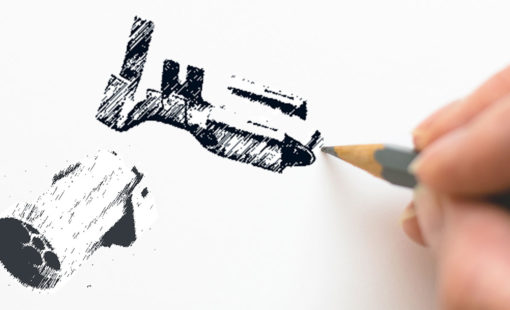
- Blog
This video illustrates the process of creating a new terminal to be used with your connectors in Zuken’s E3.series. It covers the attribute information that can be applied to this model, and the model needed for the correct terminal for any given wire size.

- Blog
While the concept of a digital twin has been around since the early 2000s, it’s only thanks to the Internet of Things (IoT) that its time has come. It was recently named one of Gartner’s Top 10 Strategic Technology Trends for 2018.
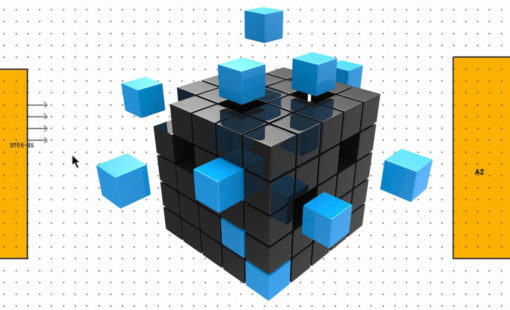
- Blog
System design can be complicated and difficult to track across the entire design. Blocks inside Zuken E3.series give the users an easy way to manage multiple systems of varying complexity in a seamless environment.

- Blog
There is one thing that all design engineers will agree on: creating and gathering all the required data for PLM is error-prone and can be a royal pain. We all understand the value of releasing our design data to the corporate PLM system but our design process dictates multiple release points, and each one has a different purpose and data requirements.

- Blog
Using the Context Menu will increase your design speed and make E3.series easier to use. The video below explains how to use and add your most popular commands to the Context Menu.
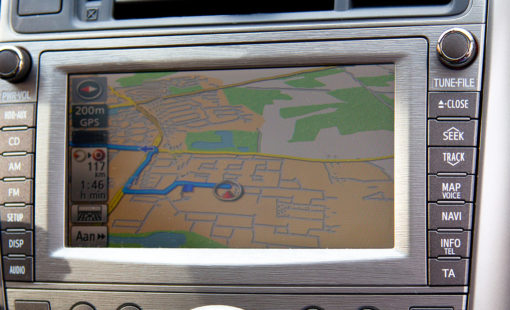
- Blog
I don’t think I’m generalizing when I say that designers working on complex high speed designs really don’t want to expend a lot of time and effort dealing with power integrity problems. And they especially don’t want to do it using tools that are detached from their design flow. In today’s complex PCBs, we’re talking advanced processors, complex FPGAs and superfast memories, which all share various voltage ranges.
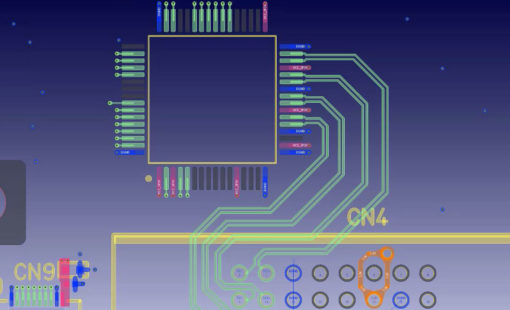
- Blog
Creating pin pairs in the Constraint Browser is fine for one or two nets at a time, but if you want to create pin pairs for a whole design, I recommend using an easy, single-step macro.
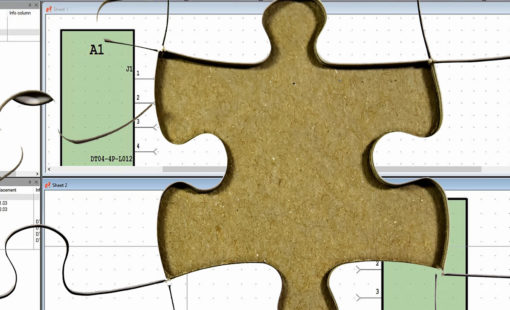
- Blog
This video walks through the process of creating connections that span more than one page in E3.series. This process comes in handy if your schematic sheet gets too crowded or your signal continues to another part of the schematic.
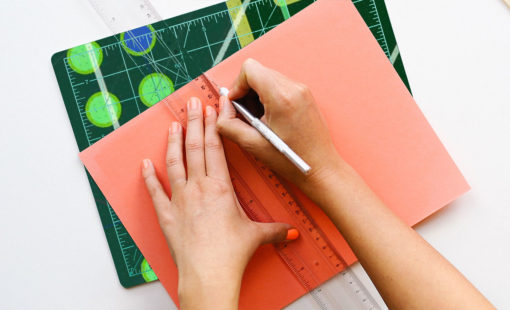
- Blog
Did you know when editing lengthening patterns in CR-8000 Design Force, you can modify the lengthening pattern, and meet your constraints all in one step?
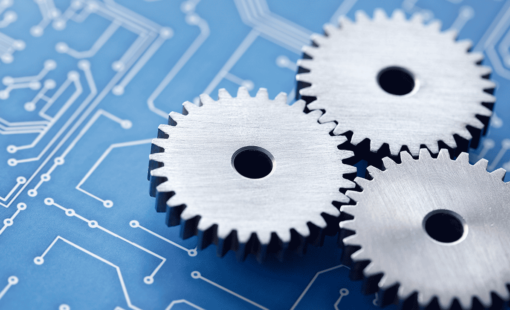
- Blog

- Blog
This will make E3.series easier to use and work faster by creating your own toolbars and keyboard shortcuts with the commands that you use most.

- Blog
More often than not, our customers are less interested in the core functionality of the software than the goals and objectives they need to achieve when using it. These are usually product development projects with deadlines, cost and performance targets, alongside project management and coordination efforts.
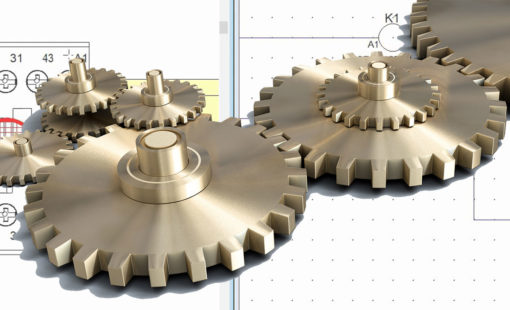
- Blog
The automation or configurability of designs is a goal every team wants to achieve, but most teams haven’t seen success mainly due to not having the right tool to get the job done. Electrical design tools that were once used by a vast number of companies originally came as extensions of mechanical design tools, or were very often just basic drafting tools. The ability to create exceptional designs without errors and do it in a fraction of the time required by other tools is the major reason why E3.series is so effective in helping design teams.

- Blog
When it comes design rule checks for PCB designs, there are checks that should be performed that are just as important as spacing rules. Strict adherence to basic PCB design rule checks, such as track to track, track to via, via to via, pad to track etc. – though necessary to avoid short circuits – only scratch the surface when trying to identify potential design flaws.
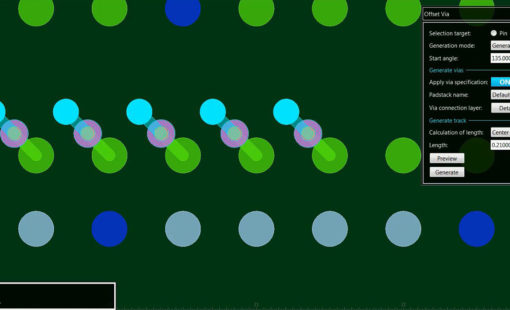
- Blog
CR-8000 Design Force 2017 has improved the offset via function by adding efficiency in pulling out tracks from vias, creating BGA designs and build-up designs. The controls are based on the following...
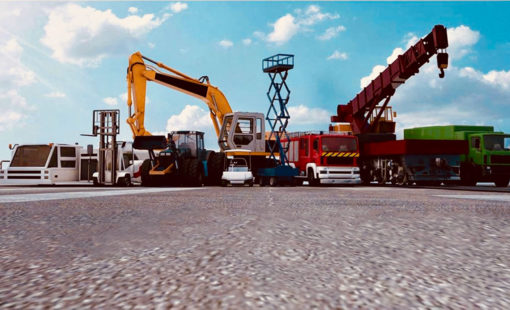
- Blog
Several years ago, automotive supplier EFA France realised they were expanding at a rate beyond which their current electrical design setup could manage. With plans to increase their global turnover, while maintaining the high level of quality in their products that had caused their business to prosper in the first place, they needed a new solution.
